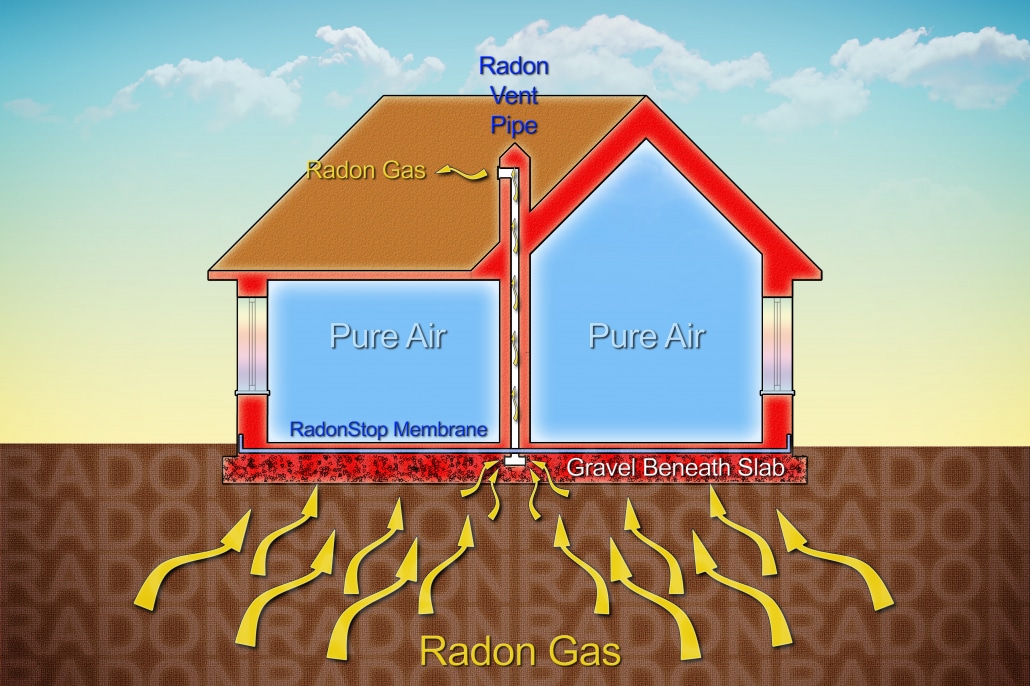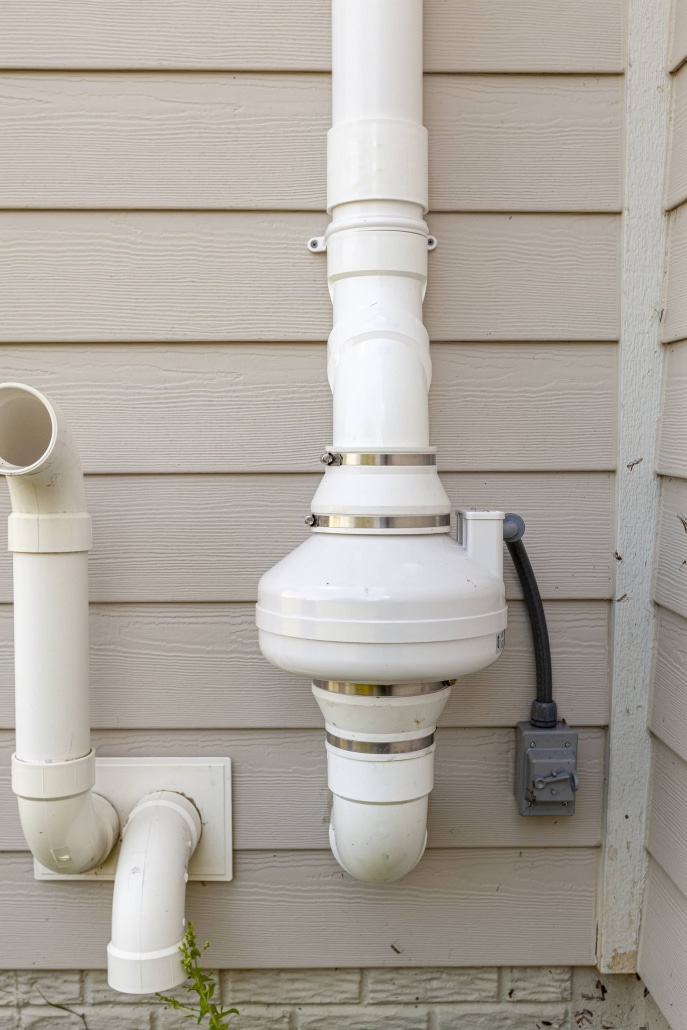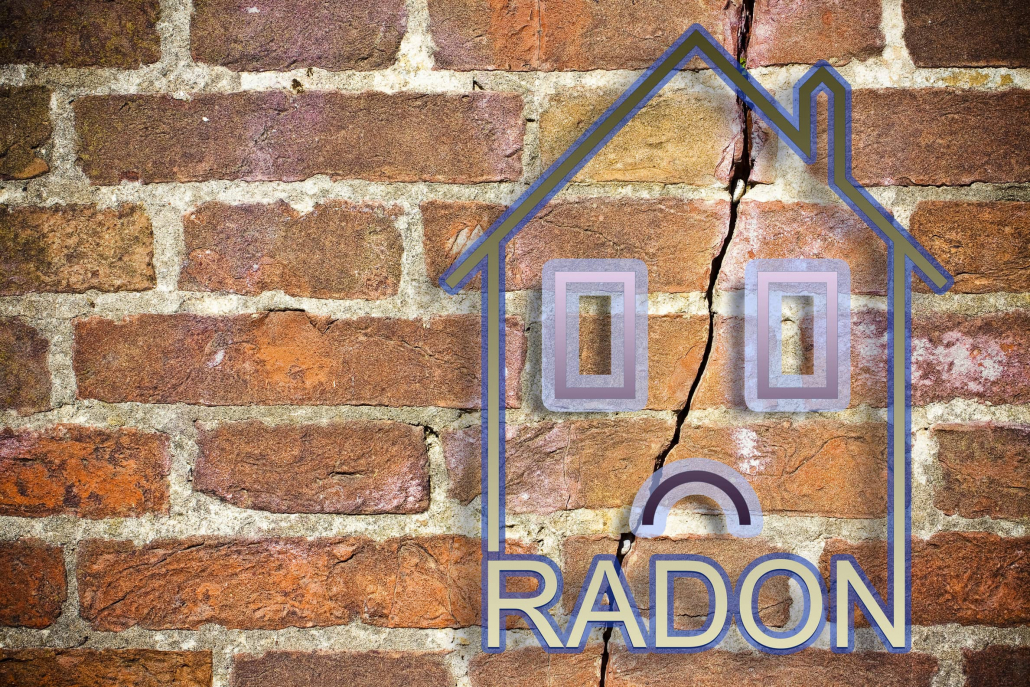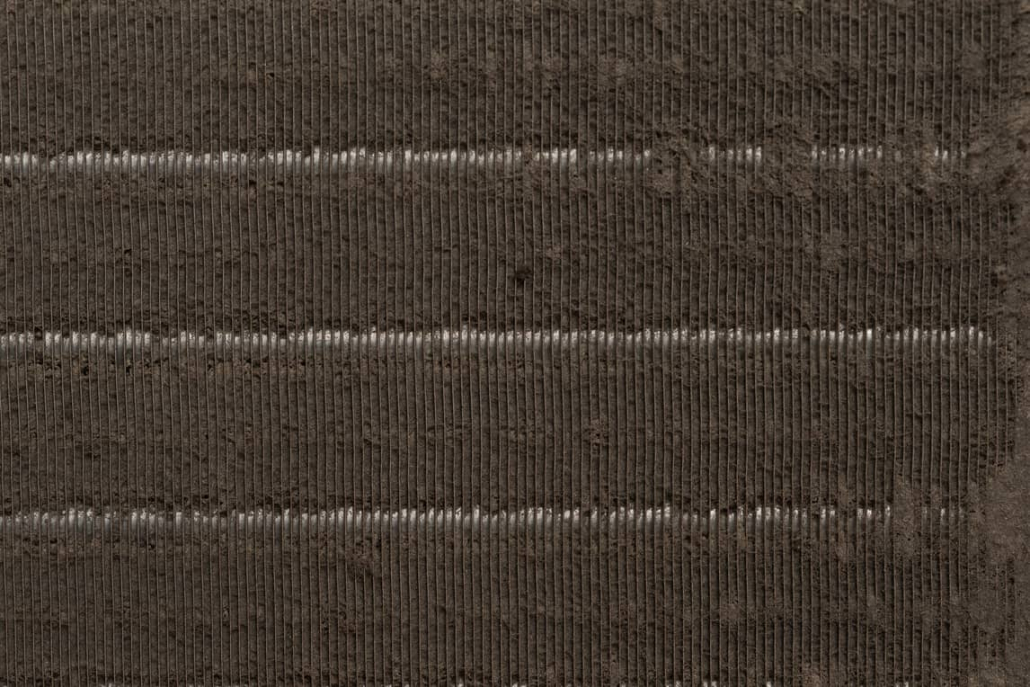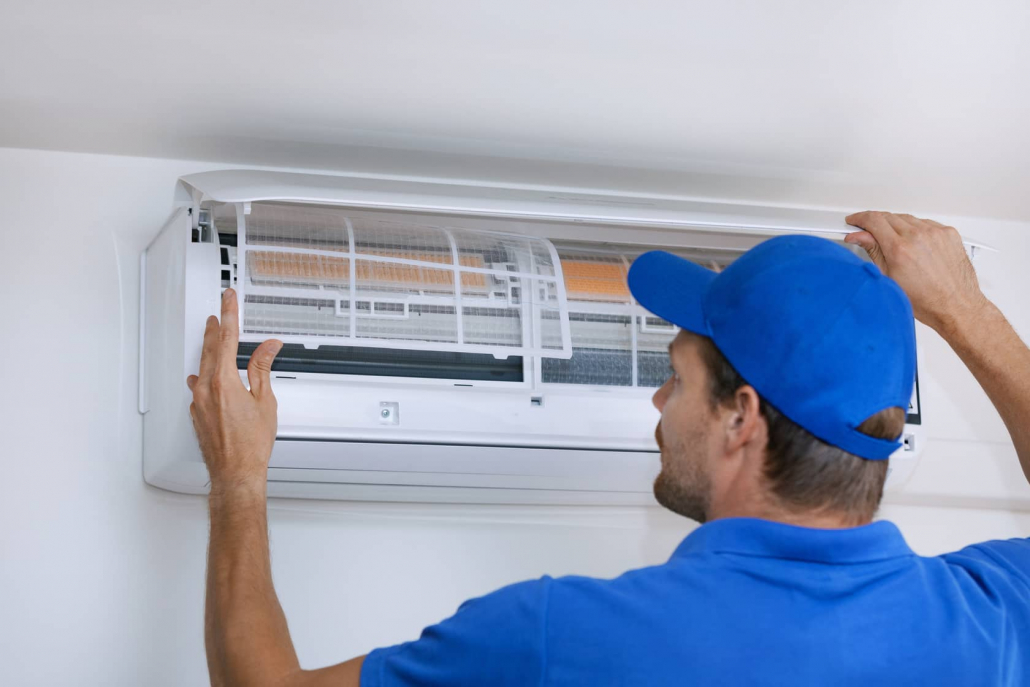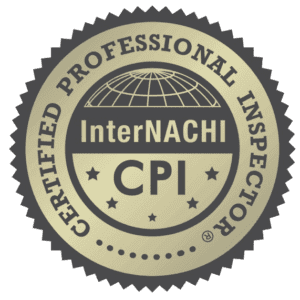Most homeowners neglect the area of air quality. This is not an area typically thought about. If you begin to notice mold growing in your bathrooms or kitchen, you might have a mold problem. Keep your ac air filter changed regularly. A dirty ac air filter can become a source of mold in your home. How to get rid of mold spores in the air? Install HEPA air purifiers in various rooms of your home. This increases air quality.
Let’s take a look below at what mold spores are and how we can reduce their impacts in our homes.
What Are Mold Spores
Mold spores are not fungi that you would typically see. In fact, they travel as tiny particles throughout the air that we breathe in. Unless a situation of high moisture arises, you would typically not know if any mold spores were near you. Mold spores need very precise conditions to grow and reproduce. Keeping your home free from high moisture and darkness is key. Keep in mind that every home and building in the world has mold spores. You can attempt to reduce the numbers in the air that you are breathing in, however, you cannot get rid of them!
Getting Them Out Of The Air
The goal is to make sure that you are breathing in the cleanest air possible. Unfortunately, it is impossible to get rid of all mold spores in the air so you need to replace the air filter in your ac unit regularly. In addition, use an air purifier that contains a high-efficiency particulate air (HEPA) filter. These air filters are known to remove up to 99.7% of all mold spores from your air.
Purchasing a small HEPA air purifier will allow you to clean the air in a standard bedroom. If you feel the need to clean a larger area in your home, then you will want a larger HEPA purifier. Most large HEPA air purifiers can clean the air of a room that is 400 sq. ft. The larger the home the more HEPA air purifiers are needed.
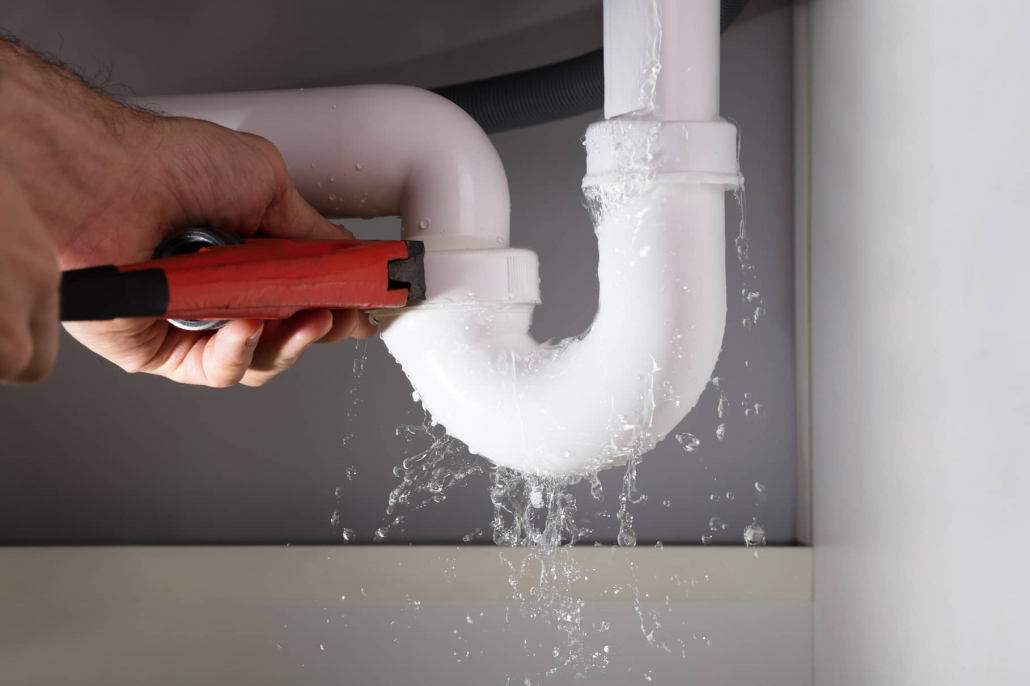
How Do I Prevent Them
There are a variety of ways that you can prevent mold spores from floating around in the air of your home. Dehumidifiers can keep the humidity in your home substantially reduced. It is also a good idea to increase the ventilation of your home where the moisture is high.
- Repair any water leaks that lead to mold in your bathroom or home.
- Clean your humidifier and replace the filter to prevent mold growth.
- Keep a nose open for musty smells.
- Immediately remove any mold that might appear. Use a scrub brush and liquid detergent to scrub off the mold that appears on your walls.
If you notice mold in an area larger than 10 square feet, you should call on a professional mold remediation company to remove the mold safely.
How Much Does It Cost
Mold removal can usually cost you $1,380 to $3,500. Also, removing mold spores from your air can cost you the price of a HEPA air purifier. Those can range from the smallest unit around $45 to a large unit to clean 1,250 sq. ft. costing you $600. When mold remediation is needed in your home, be prepared to spend a minimum of $475 and upwards of $6,400. Lastly, we can do an air quality test for $345 but cheaper if you also have a home inspection.
Other Recommended Maintenance
Now that you understand more about mold spores, read up on how to stop mold growth in your home. The more you understand mold growth the easier it is to prevent it.
One of the most common molds is black mold. Oftentimes you will see black mold in your attic space. This is caused by a leaking roof or skylight, or even ventilation issues in your attic. If you notice mold on your attic plywood, there are ways to remove it so read up on this process and call on a mold remediation company to assist.
Lastly, finding out if mold is in your home is vital to your family’s health and safety. Having an air quality inspection can occur in addition to your full home inspection.

When Do I Call On A Professional
Taking the precautionary steps to ensure that mold is not prevalent in your home is key. If you or your family begins to experience health issues, you should immediately call on a mold remediation company. Your local mold remediation company can inspect your home to determine how far the mold has spread. If the mold is covering a large area of the home, you may need to move your family out of the home while the mold is removed. Keeping your family safe and healthy is key. Also, consider reaching out to your local home inspection team. They can inspect the home for all mold scenarios as well as recommend a reputable local mold remediation company.
Conclusion
To keep mold spores out of the air in your home, keep your home as dry as possible. High moisture and damp areas are breeding grounds for mold. Also, mold is typically more prevalent in your bathroom or basements. Do your best to ensure that all exhaust fans in your bathroom are working to suck out all moisture from your bathroom. Also, check the basement for water.
If your basement drain is clogged or runoff from your landscaping allows water into your basement, mold can thrive. These conditions are clear invitations to mold spores settling out of the air and onto the basement walls. If you notice mold in any area of your home, call on your local home inspection team to conduct a full home inspection. This allows you to know all of the moldy areas of the home. Call on Home Inspection Geeks can take a look at your mold needs when we come out for a home inspection Cook, Lake, and DuPage Counties, IL

